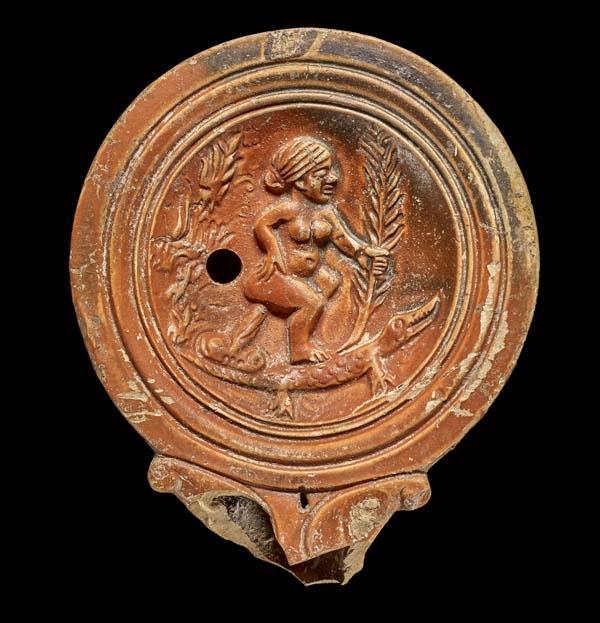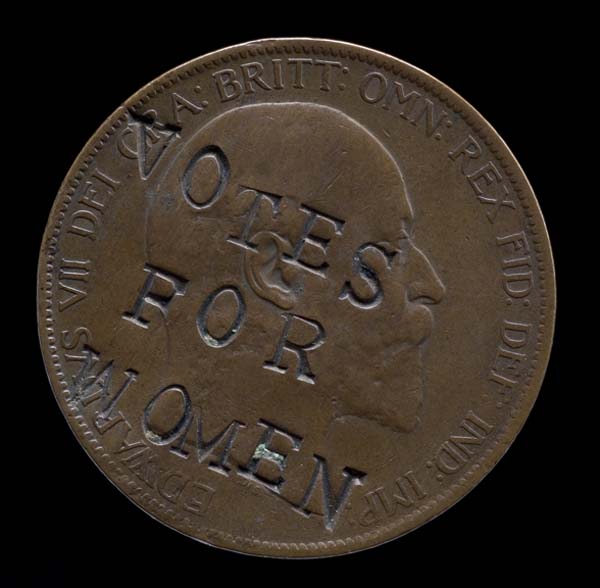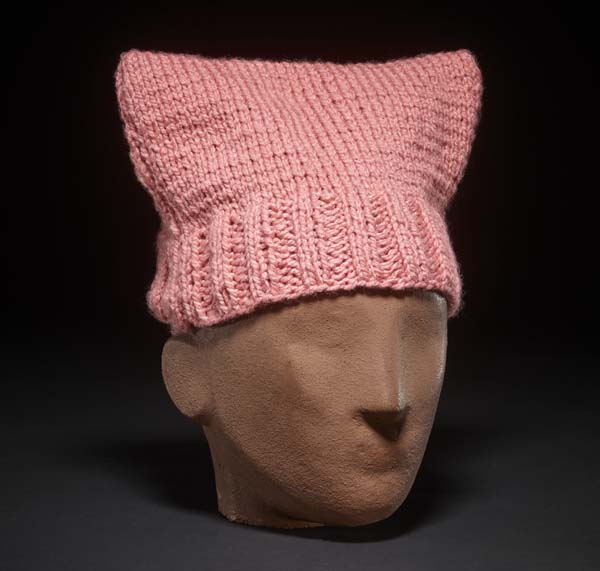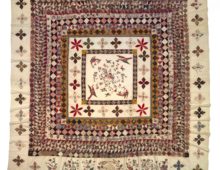Five objects from I object: Ian Hislop’s search for dissent
September 7, 2018 - Richard Moss in News & Blog Posts

Ian Hislop portrait 2 – Ian Hislop examines a print from the British Museum’s Prints and Drawings collection. J.Fernandes/D.Hubbard © Trustees of the British Museum
Ian Hislop has been on a mission to find stories of dissent, subversion and satire hidden within the vast collections of the British Museum for a new exhibition I object: Ian Hislop’s search for dissent.
Showcasing over 100 objects that challenge the official version of events and defy established narratives, the items span three millennia – from ancient Mesopotamia in 1300BC to the 2016 Presidential election.
All the objects in the exhibition have been hand-picked by Ian; here are five of them:
A Georgian Voluptary

James Gillray (1756–1815), A Voluptuary under the horrors of Digestion, UK, 1792, etching and stippling with hand colour. © The Trustees of the British Museum
Beginning in the Age of Revoltion, this familiar image by the great saitirical cartoonist of the age, James Gilray, takes aim at the Prince of Wales as he reclines, in the words of the British Museum, “languid with repletion”. He may have been the future King George IV, but here he is an obese and uncouth man with a love of banqueting, booze and women.
Cleopatra copulates with a corcodile

Oil lamp featuring a female thought to be Cleopatra, Roman, 1st century AD, terracotta. © The Trustees of the British Museum.
Satire isn’t the preserve of the modern era, as this bawdy terracotta oil lamp from the 1st century AD attests. Historians reckon it represents the Egyptian Queen Cleopatra – made after her eventful ‘reign’ and fateful dalliances with Rome, Caeser, Mark Antony and her eventual demise at her own hands.
Votes for Women

Edward VII penny, 1903, defaced with the slogan “Votes for Women”. © The Trustees of the British Museum
As Neil MacGregor wrote in A History of the World in 100 Objects, ‘this coin stands for all those who fought for the right to vote’. We don’t know who defaced this Edward VII penny, but curators at the British Museum think this act of dissent happened around 1913, just before the First World War.
Pink Pussy Hat
A pink knitted ‘pussyhat’ – newly acquired by the British Museum for this exhibition – which was worn at the Washington DC Women’s March on 21 January 2017 in protest against the policies of newly-elected President Trump. You can learn more about the pink pussy hat in our objects collection.
A secret Catholic salt cellar

Reformation-era Salt Sellar concealing Catholic religious imagery. Courtesy Trustees of the British Museum
This ornate silver-gilt salt sellar made during the English Reformation conceals Catholic religious imagery in defiance of Protestant legislation at a time when Roman Catholic martyrs were regularly executed under treason legislation. The standard punishment for those found guilty of treason during these tumultuous times was to be hung, drawn and quartered.



